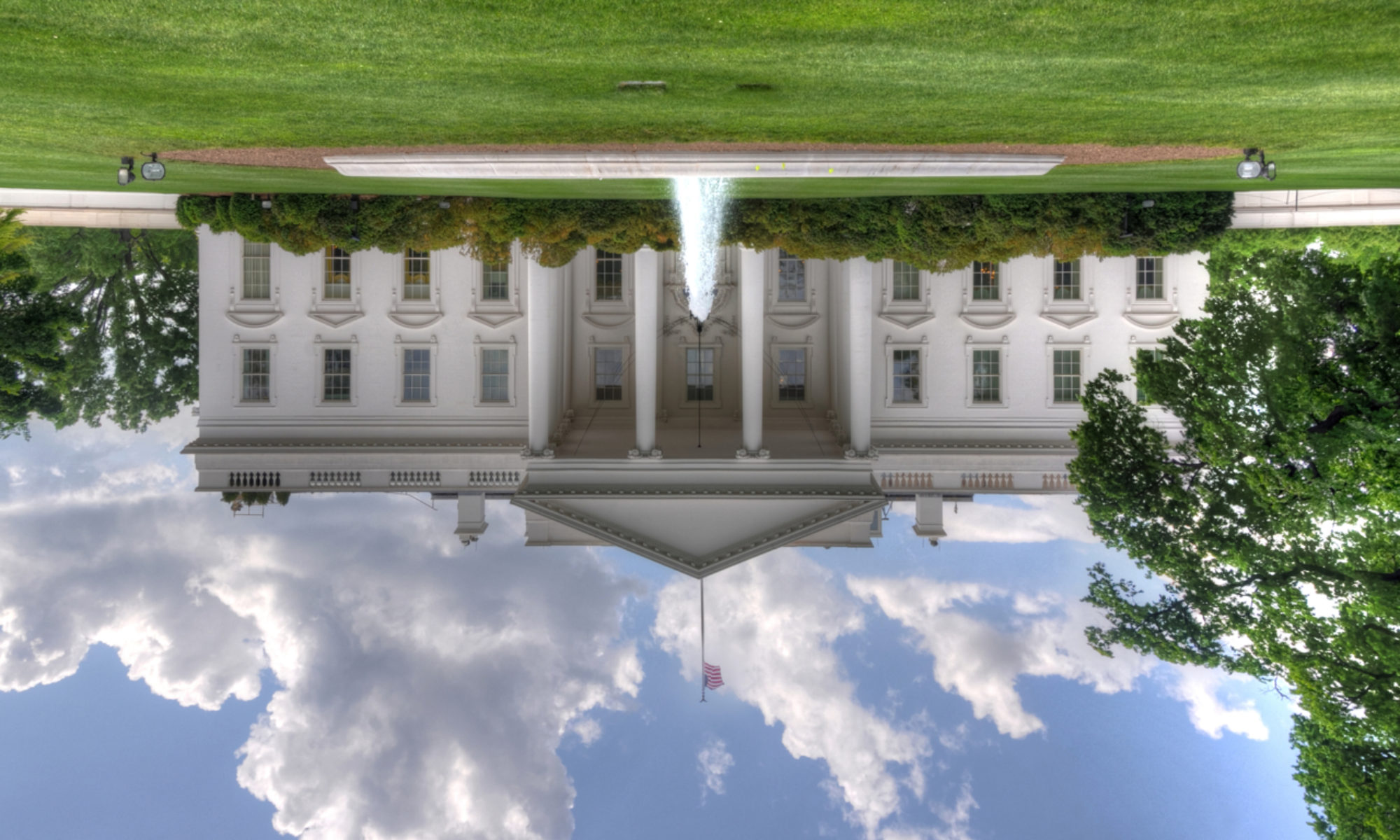Donald Trump claimed at a recent MAGA rally in Wisconsin that mothers and their doctors can, and do, make the decision to “execute” babies who are born alive after a failed abortion attempt.
“The baby is born,” Trump said. “the mother meets with the doctor. They take care of the baby. They wrap the baby beautifully. And then the doctor and the mother determine whether or not they will execute the baby.”
Trump has been called out on numerous lies during his time in the White House. In fact, the Washington Post’s most recent count of Trump’s falsehoods and misleading claims has reached more than 10,000 as of April 29, 2019. Trump’s lie about executing babies, however, may be one of his most dangerous.
Trump’s comment followed his condemnation of Wisconsin (Democratic) Governor Tony Evers, who vetoed a bill that called for sentencing physicians to life imprisonment if they fail to take every possible measure to save babies who are born alive after a failed abortion, which, in reality, happens rarely.
OB-GYNs, nurses, and others in the medical professions are calling Trump’s claim about “executing babies” outrageous. “These remarks just show…a lack of compassion and a misunderstanding of what real-life health care looks like,” said Dr. Kristyn Brandi, a board member of Physicians for Reproductive Health. “…These types of inflammatory reactions can spark violence, particularly at abortion providers like myself.”
As one Twitter user, Jamil Smith, tweeted, “This is precisely the kind of hysteria that inspires people who murder doctors and patients.”
Experts say that the scenario Trump describes, where babies are born alive after surviving an abortion, is rare. According to Planned Parenthood, only 1.4 percent of abortions occur after 21 weeks, and then when the fetus is not viable, or has severe deformities.
“Abortions later in pregnancy are rare — and often due to challenging circumstances,” tweeted a representative of Planned Parenthood Action. At no time do the parents and doctors of babies born this way make the decision to “execute” them. If the baby is not likely to survive after being born, families may elect to keep the baby comfortable and allow it to die naturally without extraordinary means, similarly to a hospice situation.
Time was when most people, no matter where they stood on abortion, would find it distasteful at best to even conjure Trump’s image of parents and doctors who execute babies. Trump, however, knows that this narrative about “executing” healthy babies after delivery riles up his base and keeps the poisonous, foul-smelling pot stirred.
Trump rips New York abortion law at State of the Union | Fox News
[2019-02-05]
Trump tells the most HORRIFIC lie imaginable about killing live babies | Brian Tyler Cohen [2019-04-28]

